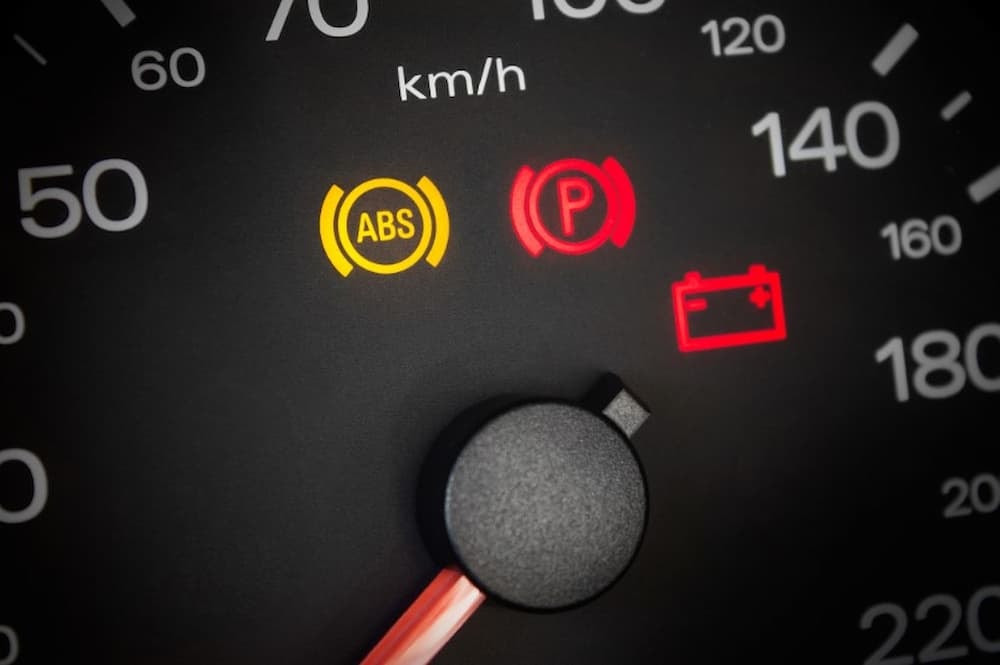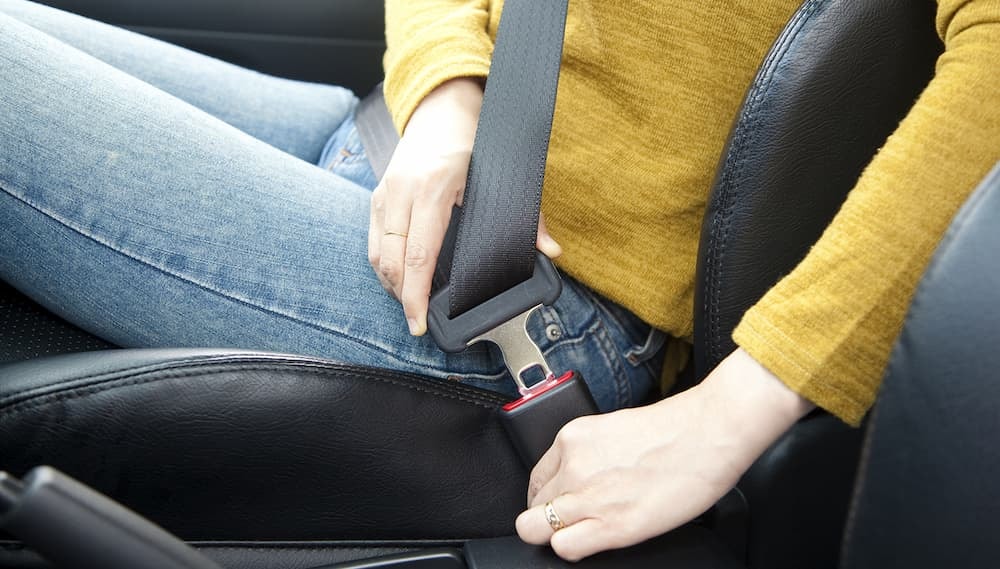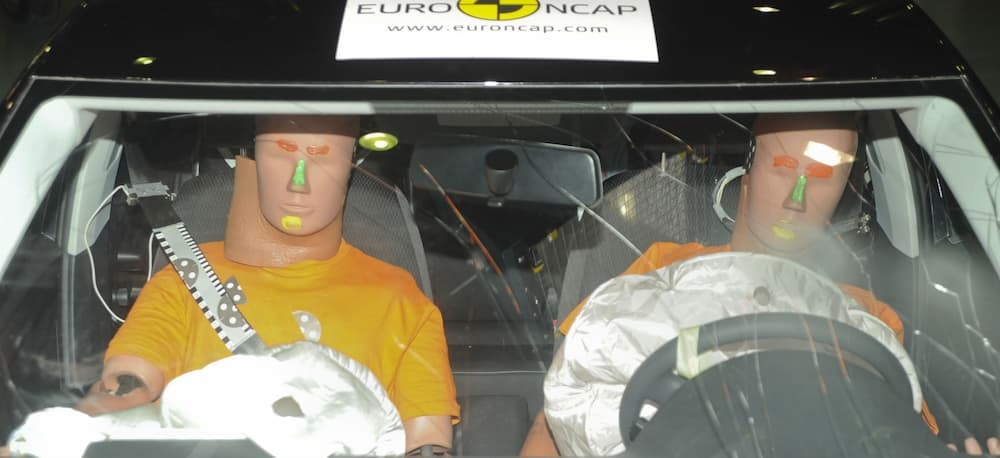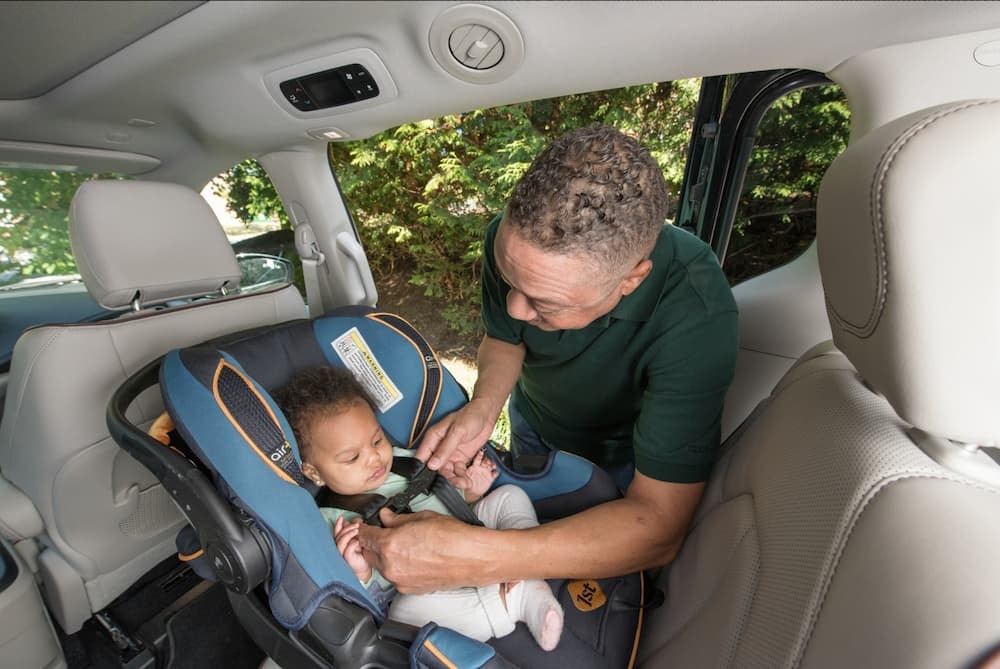Car safety is a topic that undoubtedly interests every driver. Modern cars are designed to maximize vehicle occupant protection—not only by preventing road accidents, but also by minimizing the effects of a collision. In this context, we speak of two basic types of safety: active and passive safety. Both approaches are crucial and, together, contribute to reducing the effects of road accidents and protecting the driver and passengers.
What is active safety?
Active safety refers to all systems and technologies that help in accident preventionTheir goal is to maintain control of the vehicle and avoid dangerous situations in real time.

Examples of active systems include:
- ABS (anti-lock braking system) – prevents the wheels from locking while braking.
- EBD (electronic brakeforce distribution) – electronic distribution of braking force.
- ESP (electronic stability program) – a system for stabilizing the driving path.
- Traction control systems (ASR) – prevent wheels from slipping.
- Active cruise control – maintains a safe distance from the vehicle in front.
- Road sign and lane recognition systems.
All these elements are intended to help the driver maintaining road safety, often intervening automatically in critical situations.
What is passive safety?
Passive safety focuses on reducing the effects of a collision or accidentIts purpose is to protect passengers in the event of a collision through the vehicle's structure and internal components.

To the basics passive safety elements include:
- Seat belts (including three-point seat belts) – protect the passenger’s body, limiting its movement during an accident.
- Airbags – protect the head and chest in the event of a collision.
- Air curtains – provide additional side protection.
- Car seats – intended for children, adapted to weight and height.
- Safety cage – a rigid vehicle structure that protects passengers.
- Crumple zone – body parts designed to absorb impact energy.
- Glued windows – prevent the glass from breaking into sharp fragments.
Passive safety systems they don't prevent accidents, but they do great importance to limit its effects.
The difference between active and passive safety
In short, active safety works before the accident, helping to avoid collisions, while passive safety protects passengers in the event of a collisionBoth of these systems are complementary and they constitute integral Hi designing modern cars.
Modern cars and a comprehensive approach to safety
Today's vehicles are equipped with both advanced systems active, What passive safety systemsTheir cooperation allows not only to reduce the number of road accidents, but also reducing the effects of the collision.
For example:
- Dashboard in modern cars it is designed so that in the event of an impact did not pose a threat for passengers.
- Car construction contains numerous zones crush and reinforced steel profiles.
- Warning systems about an approaching vehicle in dead field warn the driver of a potential hazard.
- Sensors and radars monitor the vehicle's surroundings in real time.

How important is proper vehicle design?
Car construction is crucial to the operation of both active and passive safety systems. Car manufacturers design their bodies to prevent collisions. impact energy was absorbed as best as possible by the crumple zones, thus protecting persons in the vehicle.
Reinforced A and B pillars, appropriately arranged pillows air, as well as optimally placed upholstery elements – all these things support passive safety systems.
Seats and seat belts
We cannot forget about basic protection measures, such as: seat belts and car seatsEven the most advanced system will not replace a good buttoned up belt Whether correctly installed car seat.
Three-point seat belts in combination with tensioners pyrotechnics are of crucial importance in moment accident. In turn, child seats should comply with current standards and selected for the child's age and height.

The future of automotive safety
Contemporary trends point to even greater involvement artificial intelligence and systems autonomous in ensuring safety. Cars they learn driving style drivers, predict the behavior of other road users and, if necessary, they automatically intervene.
The producers' plans include, among others:
- predictive braking systems,
- monitoring the driver's health,
- fully autonomous vehicles,
- seats that change position before a collisionto minimize its effects.
Security systems – do they have any disadvantages?
Both active and passive safety is the foundation of passenger protection. These systems not only help in accident prevention, but in in case of an accident protect the lives and health of passengers. However, let's remember that even the best safety systems are not free from defectsTheir operation is based on sensors, cameras and algorithmswho do not always interpret the situation correctly. This can lead to false readings, such as e.g. recognition of a non-existent road sign Whether incorrect assessment traffic situation.
It often happens that systems they intervene unnecessarily – braking suddenly, warning of an alleged danger or limiting the ability to maneuver. Additionally, software errors or temporary loss of signal from sensors can disrupt the functioning of the entire system. In such cases the driver may feel more frustrated than safe.

That's why many car owners decide to disabling some security systems, such as the sign recognition assistant or the speed assistant using ZENBOX PRO – an innovative device that allows you to regain full control over your vehicle and enjoy the journey.
See also:
- Start-stop system – operation
- Mandatory passenger car equipment in 2025
- Character recognition system – how does it work?
- ISA System – How the Intelligent Speed Assistant Works
- ADAS system – what is it and how does it work?
- Lane Assist – How it works
- Driver Fatigue Detection System – Does it Really Work?
- The most important safety systems in cars
